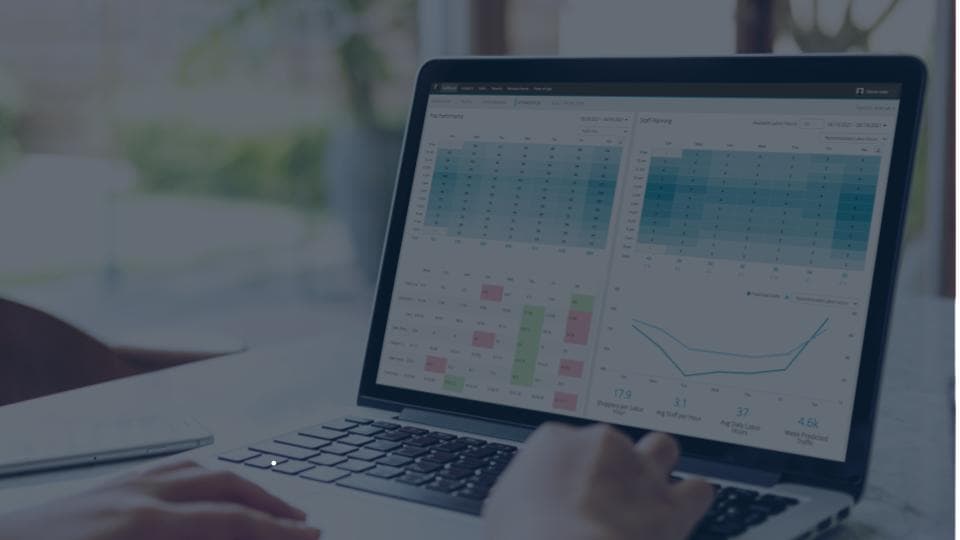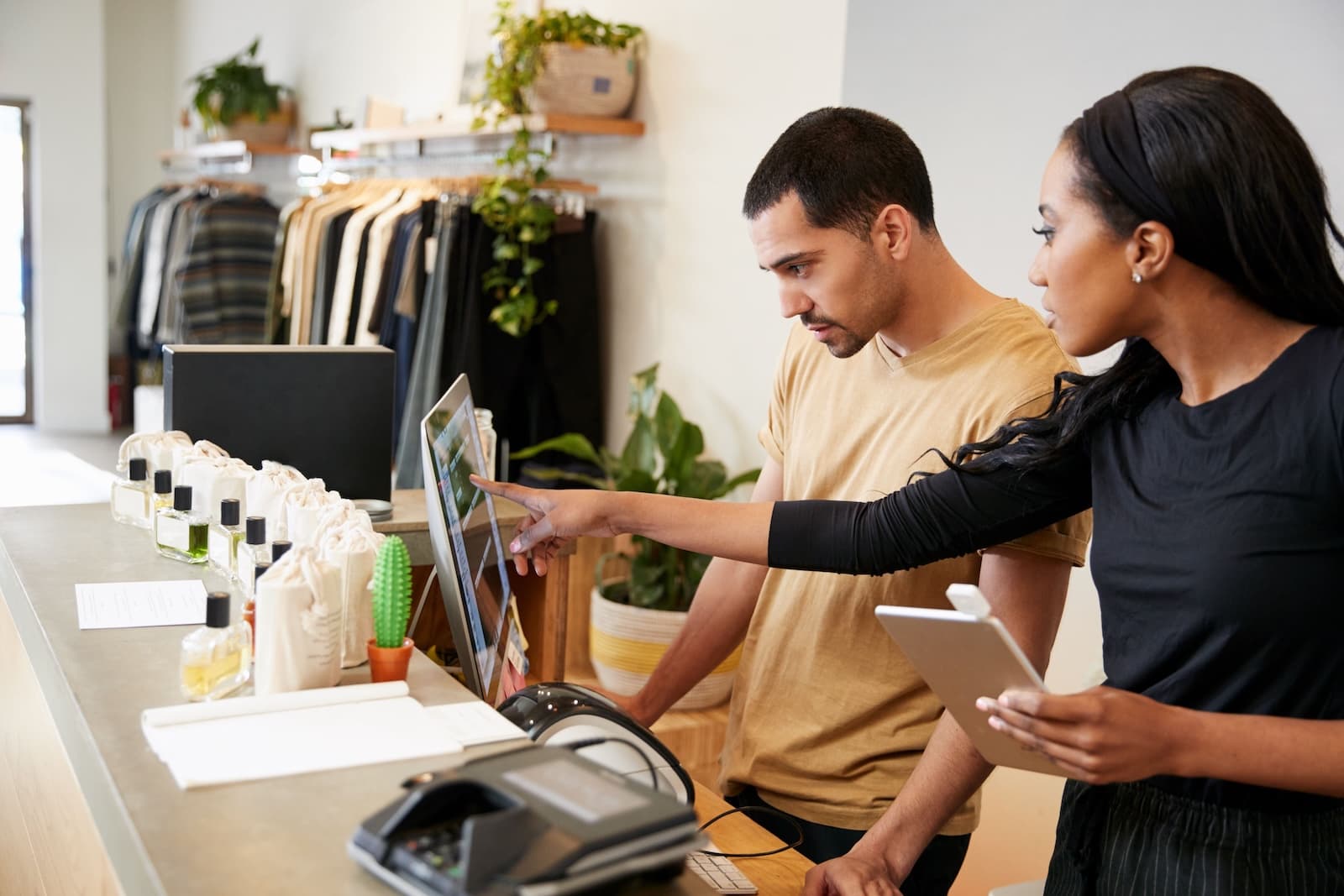Hidden Risks Of Not Using Modern Retail Traffic Counters
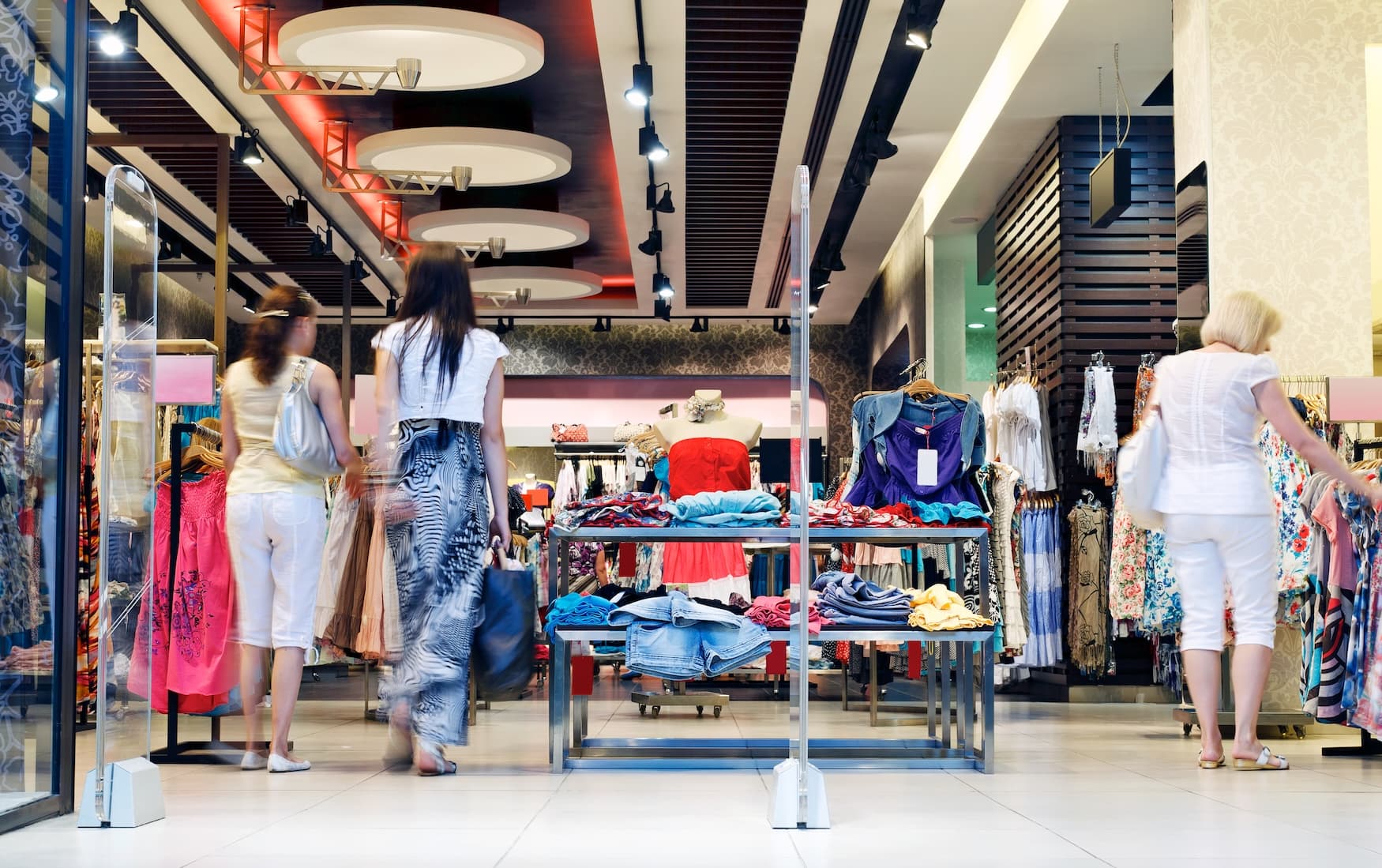
On this page
In today's highly competitive retail landscape, staying relevant and profitable depends on every decision, from optimizing stores all the way down to how one measures customer traffic. Despite this, many retailers still rely on outdated or insufficient traffic counters, or worse, none at all.
This lack of precise customer data tracking can result in multiple undesirables: missed revenue, customer dissatisfaction, and inefficiency that could cripple even the most established businesses. Taking a brief look at the varying monthly shopper traffic trends over the last year, they suggest that retailers can ill-afford not to make the best use of available customer potential.
Sales Losses From Poor Conversion Tracking
Failure to Optimize Sales Opportunities
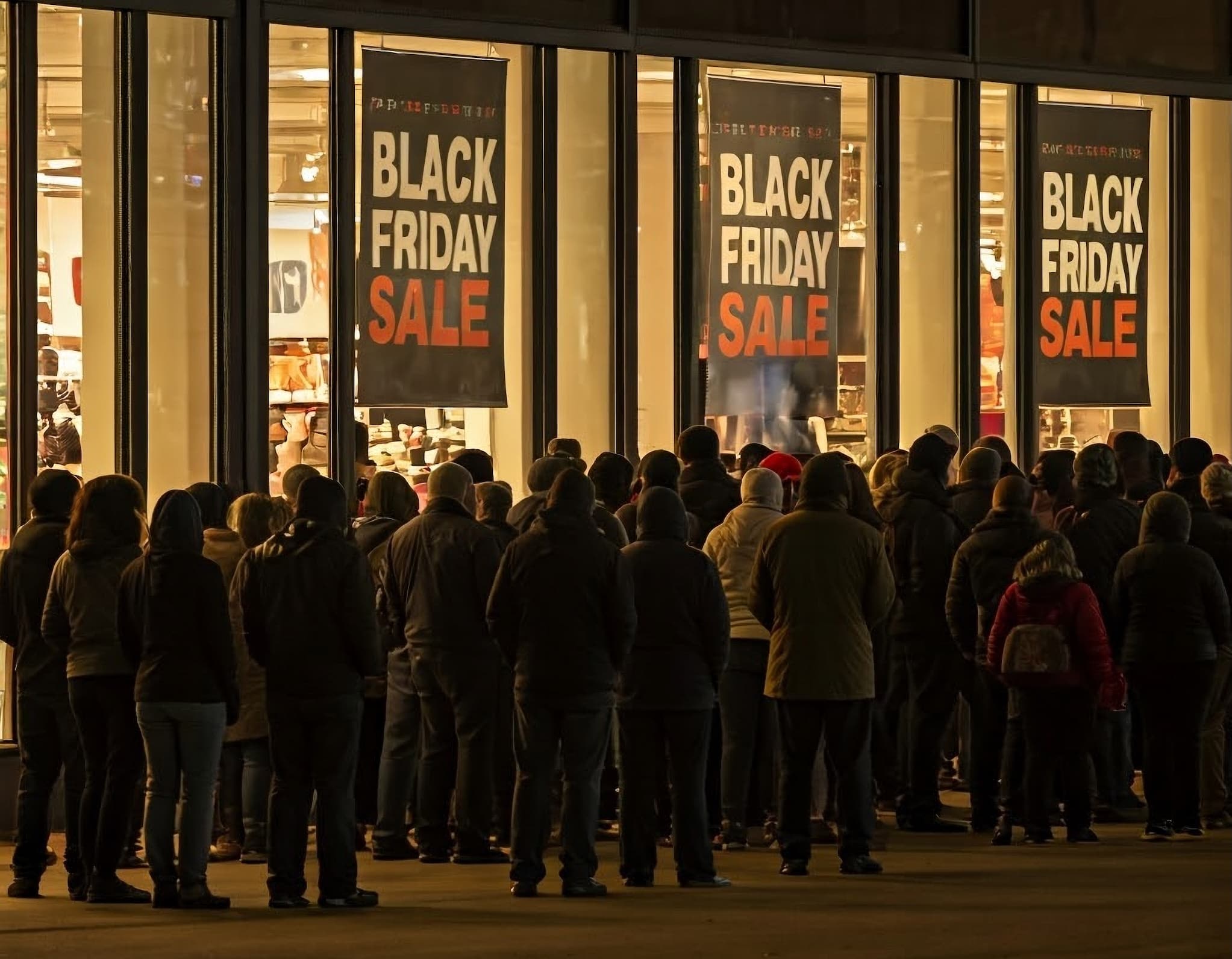
Retailers without modern traffic counters lack accurate data on customer flow, leaving them unable to pinpoint the correlation between foot traffic and sales. The reason for this is simple – store KPIs in and of themselves are of little value. It is the accuracy and actionability of available data that leads to informed decision-making. Without these insights, stores may miss revenue-driving adjustments, like altering store layouts or targeting marketing strategies to high-traffic areas.
Case studies from RetailNext reveal how retailers with modern counters saw measurable sales increases by leveraging data for more intelligent, more strategic decisions. Global surfing brand Hurley, for example, noted a 5% increase in conversion following their upgrade to the RetailNext traffic counting and analytics platform.
The Hurley case study is definitive in its findings, as it provides direct empirical support in making the case for using a modern traffic counting and analytics platform. Hurley’s prior regimen of inaccurate traffic counts, incorrect conversion rates and suboptimal labor setup had left them unable to provide the experience they wanted for their shoppers. A basic review of their traffic data helped Hurley stores establish proper baseline traffic metrics. From that point, they could far better plan their in-store resources, such as staffing and task schedules, stock management and store hours.
Impacts on Seasonal Promotions and Marketing
Accurate traffic data is crucial during peak retail seasons. This ensures enough resources are allocated to meet the rise in demand. Stores without these footfall insights might fail to capitalize on high-traffic periods, which would cost them immediate sales and customer loyalty. Retailers using advanced counters can optimize promotions, leading to increased sales and repeat customers.
Global footwear brand Camper is a perfect case of a retailer using traffic data to create a better in-store experience for their customers. In this case study, Camper was able to leverage the accurate, near real-time traffic data provided by RetailNext. They used this to predict traffic trends and adjust their store hours, resulting in greater staff availability for customer interactions.
In addition to this, Camper also managed to increase the efficiency and productivity of their marketing drives. They began by using RetailNext to measure the impacts of various factors such as store layouts, product placements and a host of store performance metrics. Following this analysis, they were then able to both train their staff and optimize their stores accordingly. Camper achieved a year-on-year saving of 30% on their marketing spend.
Inefficient Resource Allocation and Wasted Overheads
Ineffective Staff Scheduling

Another advantage to accurate traffic data trends for stores is the ability to effectively manage labor hours at all times. Without modern traffic counters, managers rely on intuition rather than data for staffing decisions. This can lead to overstaffing during quiet hours and understaffing during busy times, ultimately wasting labor costs or, as detailed above, creating poor customer experiences due to long wait times.
The Camper case study show that retailers with traffic counters can achieve significant cost savings by aligning staff schedules to real-time foot traffic. In Camper’s case, they were able to save 30% year-on-year in labor hours.
In another case study, The Vitamin Shoppe made the transition to monitoring store traffic and associated data with the RetailNext Traffic 2.0 solution. By removing the existing labor-to-shopper mismatches in their stores, they optimized their labor forecasting and improved profitability across the entire store chain.
Mismanagement of Inventory and Merchandising
Traffic counters, when properly placed and aligned to cover a store’s floorplan, allow retailers to understand which areas in the store attract the most foot traffic. Without this technology, stores might be guessing which products are placed in high-exposure areas, risking overstock or understock of popular items. Retailers using the appropriate data see notable improvements in inventory efficiency, and fewer lost sales when they used the same data to inform merchandising decisions.
Security and Safety Risks
Challenges in Compliance with Occupancy Regulations
During peak hours, not knowing real-time occupancy levels can lead to safety compliance risks, especially during high-traffic times like holiday sales or major promotions. Stores without accurate traffic counters may inadvertently exceed safe occupancy levels, putting customers and staff at risk. Modern, accurate real-time traffic counters enable safer and more compliant retail environments.
Potential Liability Issues
Without data from modern counters, retailers may struggle to provide concrete occupancy numbers, which can lead to complications with insurance claims or legal inquiries in cases of accidents or incidents. Retailers who use traffic counters can reduce their liability and enhance customer trust by ensuring safe shopping environments and having data to back their safety measures.
Loss of Competitive Advantage
Data-Driven Decision-Making by Competitors
Retailers that embrace traffic counters can make data-driven decisions, giving them a strategic edge over competitors. Stores without traffic counters are left guessing on foot traffic and customer behavior, while competitors use data to optimize layouts, promotions, and staffing.
Many of RetailNext’s customers have reported improvements in customer satisfaction and higher sales through actionable insights from traffic data analysis. In a highly competitive vertical such as electronics, this is a particular boon to being competitive. Sharaf DG, a leading electronics retailer, is a prime example of an entity that leveraged RetailNext data to make better decisions on optimizing their in-store brandboxes. Thanks to this, Sharaf DG boats one of the best customer brand reputations, through their more than one million monthly customer visits.
Impact on Customer Satisfaction and Experience
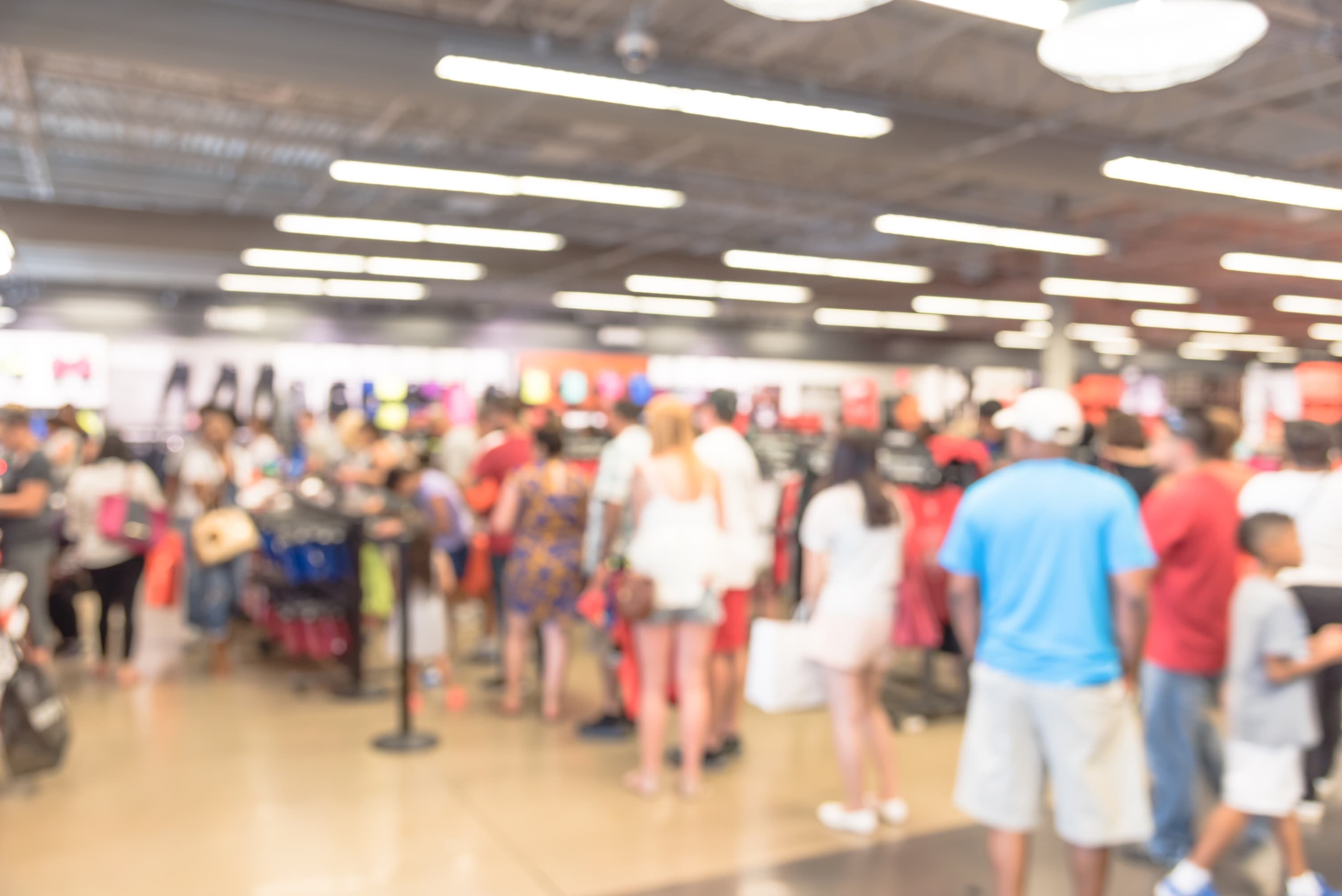
Today’s customers expect streamlined experiences, and modern traffic counters help retailers to anticipate their needs. Retailers without this technology risk creating a less engaging shopping experience, leading customers to choose more data-savvy competitors. As shown in the Camper case study, stores using traffic counters were better able to tailor their in-store environments, leading to higher satisfaction (a 10% overall year-on-year increase) and customer retention rates.
Conclusion
The potential pitfalls of ignoring modern traffic counters are significant. From sales losses and inefficient resource use to safety risks and competitive disadvantages, the evidence is clear: modern traffic counters are an essential tool for thriving in today’s retail market. Retailers who choose to adopt this technology are not only preparing for immediate success but also securing long-term viability in an increasingly data-driven world.
About the author:

Chris Hadjiyannis, Product Marketing Coordinator, RetailNext

